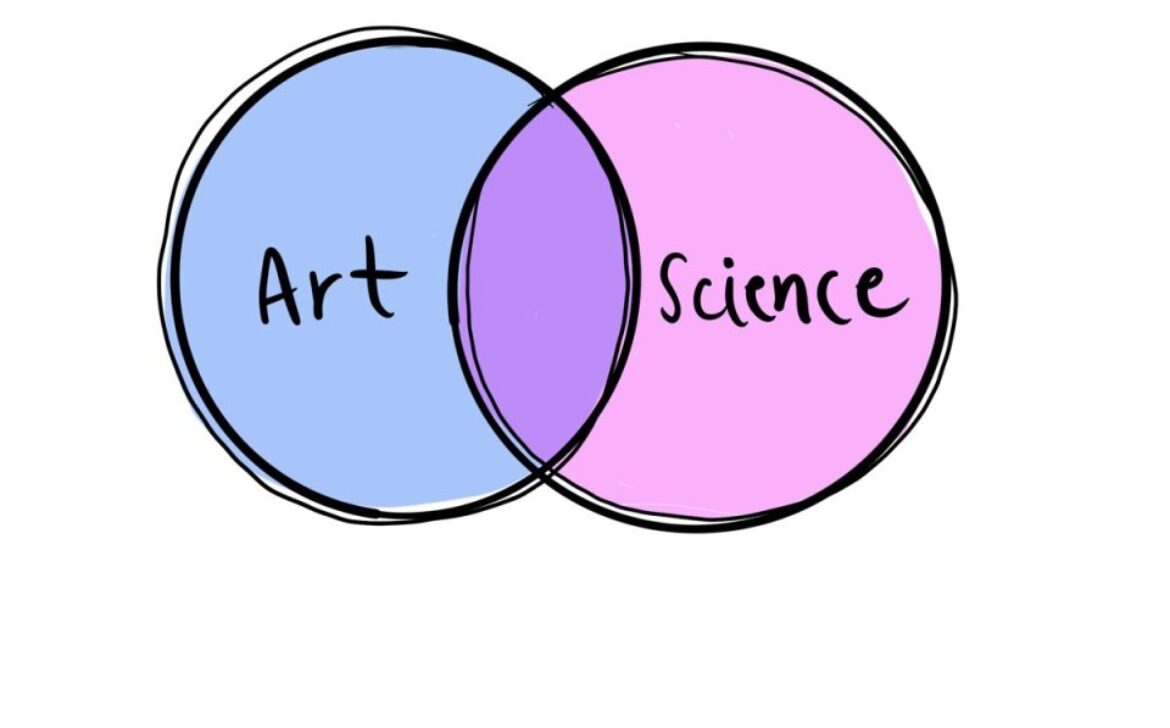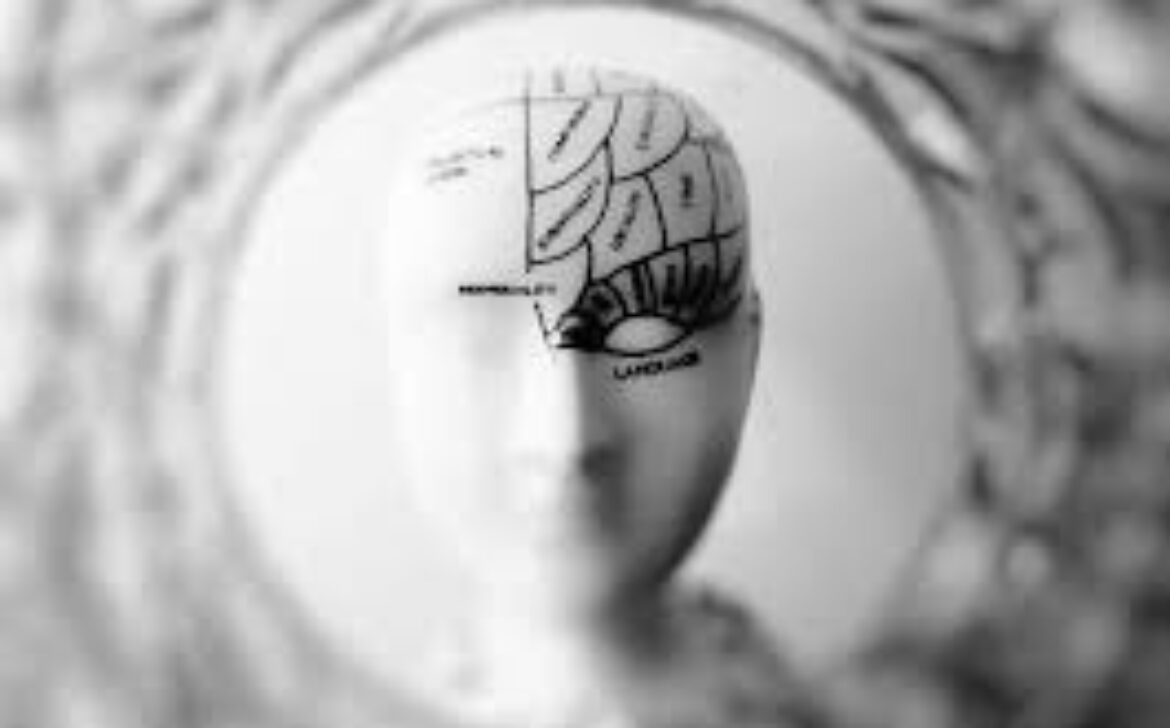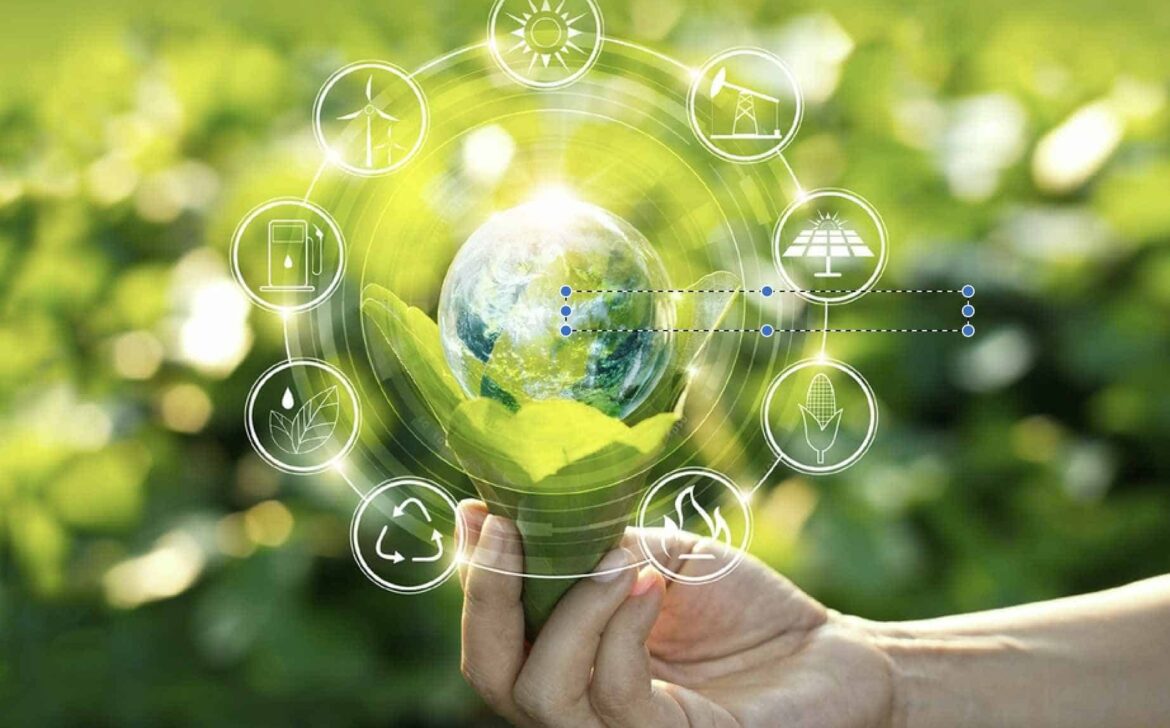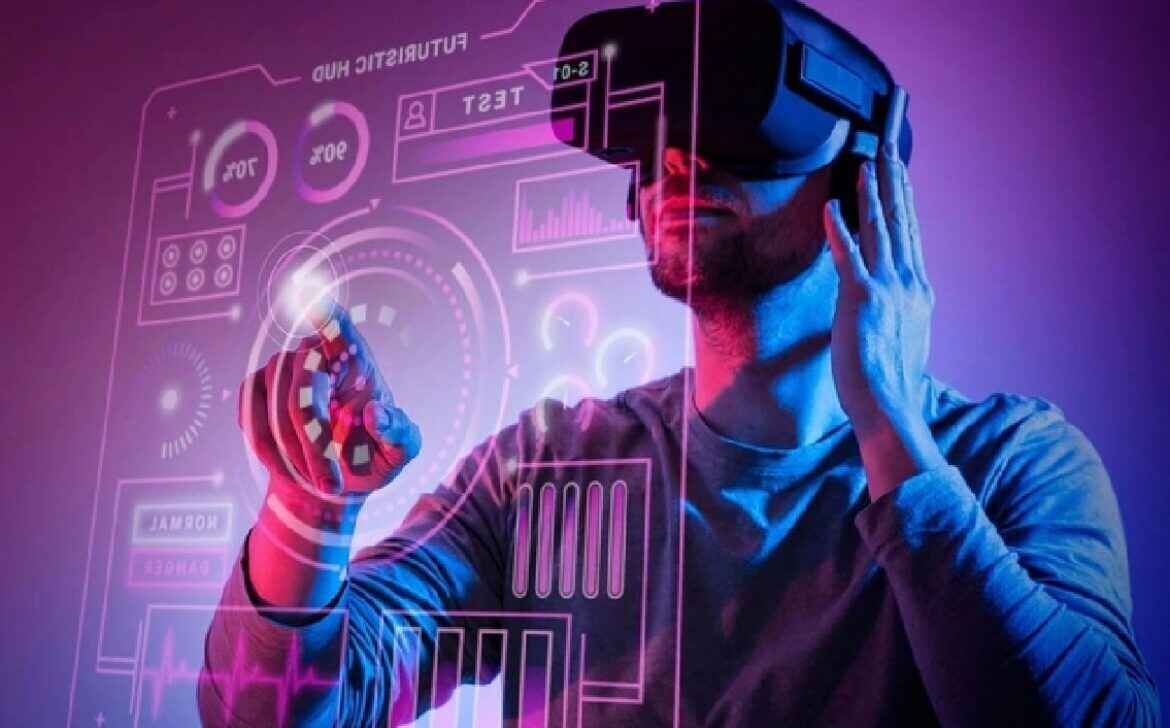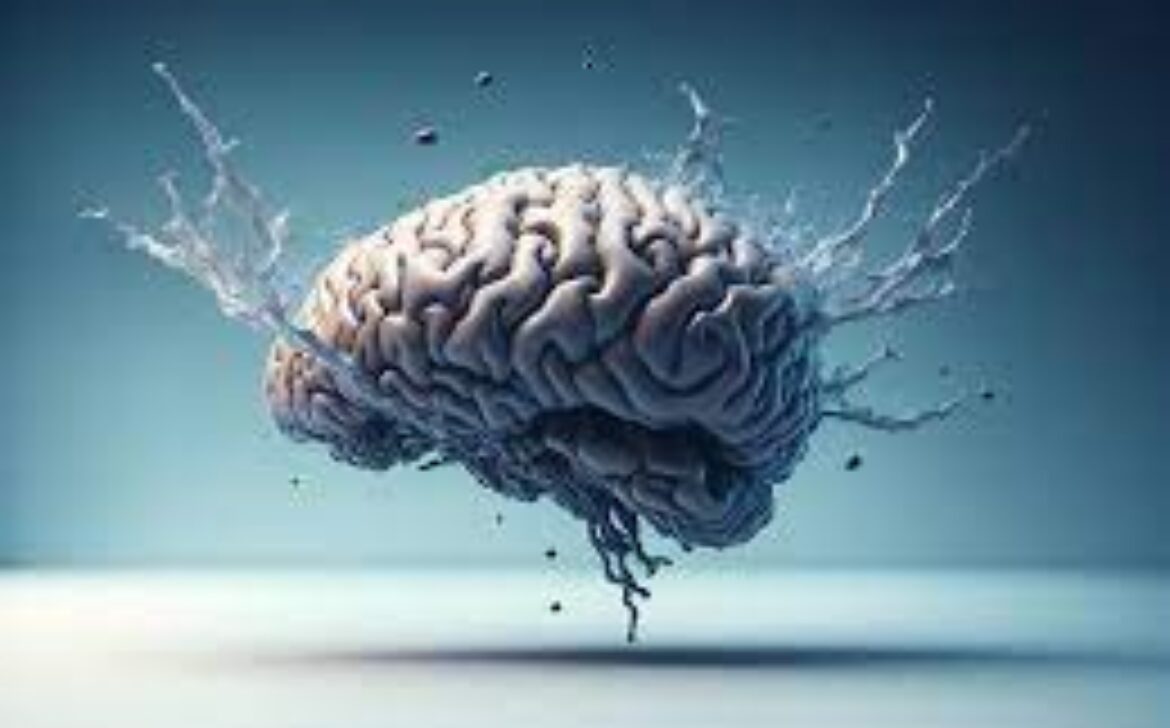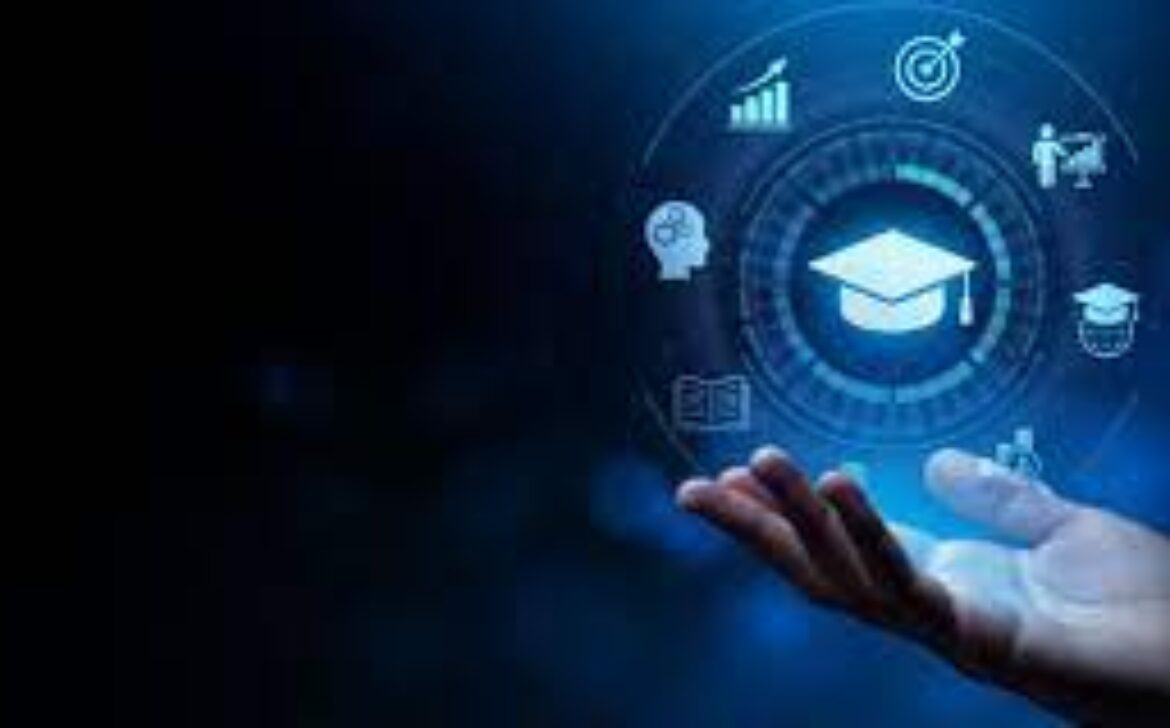The Intersection of Art and Science: Where Creativity and Rationality Converge
In the tapestry of human endeavor, art and science are threads that often seem distinct. Yet, beneath the surface, they intertwine, each influencing and enriching the other. The interplay between art’s creativity and science’s rationality unveils new dimensions of thought and sparks innovation.
1. Shared Origins:
Art and science both stem from curiosity. Artists explore the human experience, while scientists delve into the mysteries of the universe. Both paths seek to unravel truths.
2. The Power of Observation:
Artists and scientists share the art of keen observation. Leonardo da Vinci’s anatomical sketches mirror scientific precision, revealing the intricate links between disciplines.
3. Creative Visualization:
Artists visualize the intangible. Their imagination transforms concepts into tangible forms. Similarly, scientific models give shape to abstract theories, aiding understanding.
4. Cross-Pollination of Ideas:
Art and science converse through shared ideas. Creative concepts from art inspire scientific inquiries, while science informs artists’ exploration of the natural world.
5. Perspective and Innovation:
Artists and scientists offer different lenses through which to view reality. This diversity of perspective fuels innovation, pushing boundaries beyond convention.
6. Aesthetic Beauty in Science:
The aesthetics of science often go unnoticed. Yet, the elegance of a mathematical equation or the intricate patterns in a microscopic image evoke a sense of beauty.
7. Communicating Complex Ideas:
Both realms grapple with complexity. Art translates intricate scientific concepts into accessible visual forms, making them relatable to a broader audience.
8. The Essence of Discovery:
Artists and scientists share a pursuit of discovery. Whether unraveling the cosmos or revealing emotions, the essence of finding the unknown unites them.
9. Technology as a Medium:
Technology bridges the gap between art and science. It provides tools for creative expression and scientific exploration, intertwining their trajectories.
10. Collaborations that Transcend:
Art-science collaborations redefine possibilities. Creative minds working alongside scientific experts yield projects that merge imagination and empirical data.
11. Enriching Human Experience:
The convergence of art and science enriches our understanding of life. It enhances our capacity to empathize, analyze, and innovate.
12. A Holistic Pursuit:
The intersection of art and science exemplifies a holistic approach to understanding the world. It reminds us that creativity and rationality are two facets of the same coin.
In the tapestry of human progress, the intertwining threads of art and science weave a narrative of curiosity, discovery, and innovation. By embracing their interplay, we embrace a more complete understanding of the human experience, forging connections that bridge the rational and the creative.

